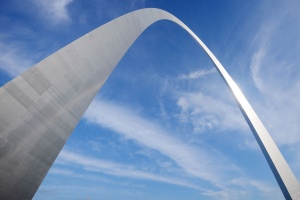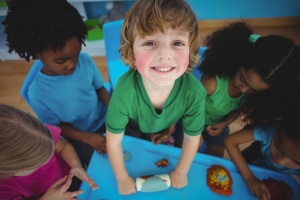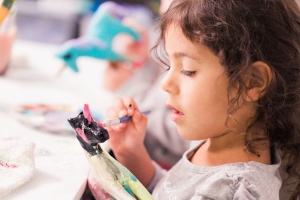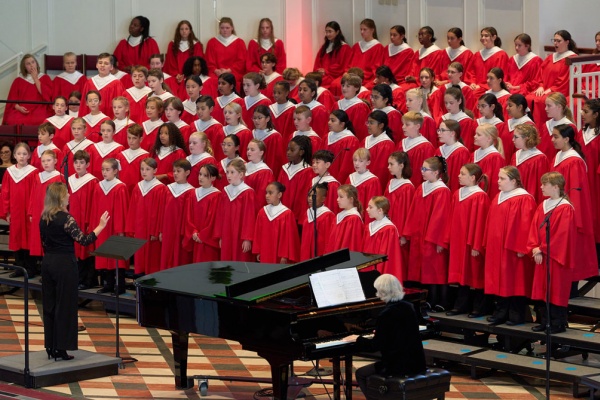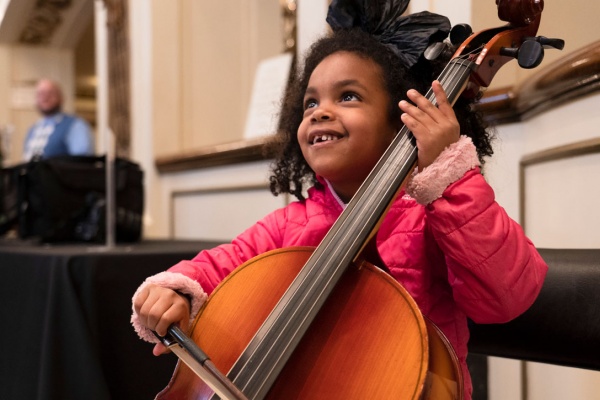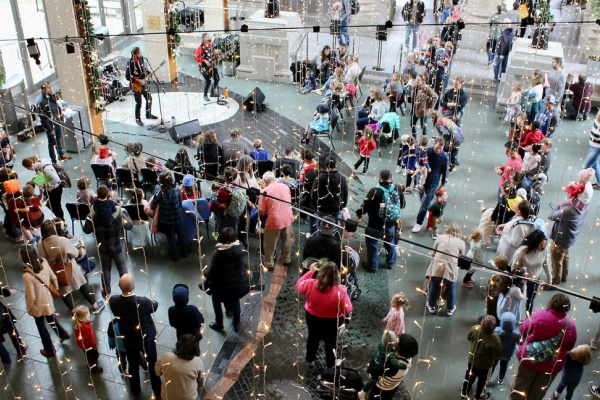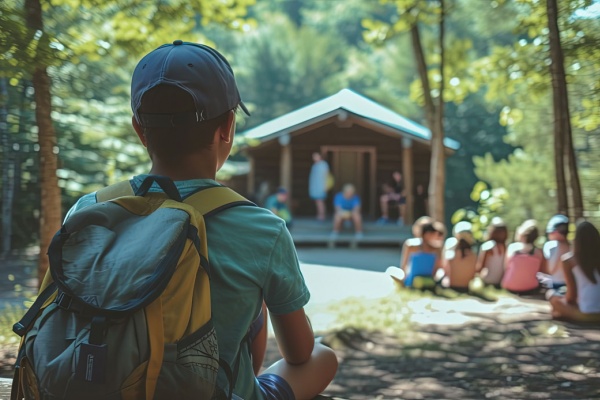
What Planet are You From?
 Among the many books I can’t put down this summer is Michael Chabon’s Manhood for Amateurs: The Pleasures and Regrets of a Husband, Father, and Son. Though our 1-year-old son “gave” this book to my husband for his birthday, I find myself reading it right along with him. It is not a kids' book of course, but it calls up childhood in so many wonderful and honest ways.
Among the many books I can’t put down this summer is Michael Chabon’s Manhood for Amateurs: The Pleasures and Regrets of a Husband, Father, and Son. Though our 1-year-old son “gave” this book to my husband for his birthday, I find myself reading it right along with him. It is not a kids' book of course, but it calls up childhood in so many wonderful and honest ways.
At one point, Chabon is reflecting on the “wilderness of childhood,” describing this time in one’s life as “the great original adventure.” He writes: “For the most part the young adventurer sets forth equipped only with the fragmentary map – marked HERE THERE BE TYGERS and MEAN KID WITH AIR RIFLE – that he or she has been able to construct out of a patchwork of personal misfortune, bedtime reading, and the accumulated local lore of the neighborhood children.”
Reading this, I was reminded of one of my favorite picture books and another splendid summer read, Earth to Audrey by Susan Hughes.
In this delightful story, we meet Ray, a young boy on summer break whose friends are off at camp. Primed with boredom, he rides his bike around the neighborhood embarking on his own summer adventures, when he comes across a young girl who is visiting her father for the summer. When Ray introduces her to us, it is clear from the start that she is no ordinary kid, clouded in an air of mystery and with her head underwater: “The first time I saw Audrey, I almost didn’t.”
Set in suburbia against the backdrop of the post-Roswell, Cold War, hipppie-esque 1960s, Ray’s own local childhood lore includes a penchant for suspicion and a strong interest in the extraterrestrial. Due to her penchant for donning bright orange braids that stick up like antennae, brightly-colored and eccentrically-patterned dresses, and strange, quiet, solitary behaviors (such as training grasshoppers and sending signals by kite), Ray logically concludes that Audrey must be an alien. Despite this conclusion, he cautiously allows his curiosity to lead the way, forming an unexpected and transformative friendship, as Audrey’s unique perspective gets Ray to look at Earth in a whole new way. “I remembered before meeting Audrey and then after meeting Audrey. Nothing and then something.” And when her mother picks her up at the end of August, in her leaving she sparks that childlike excitement in the unknown future, in the hope of all the possibilities to come.
This book is wonderfully illustrated by Stéphane Poulin, whose colorful artwork is evocative of the spirit of this story, offering scenes from various vantagepoints and suggesting many perspectives on what is available to the eye of the beholder.
By Erin Quick, Books Blogger for SmartParenting
